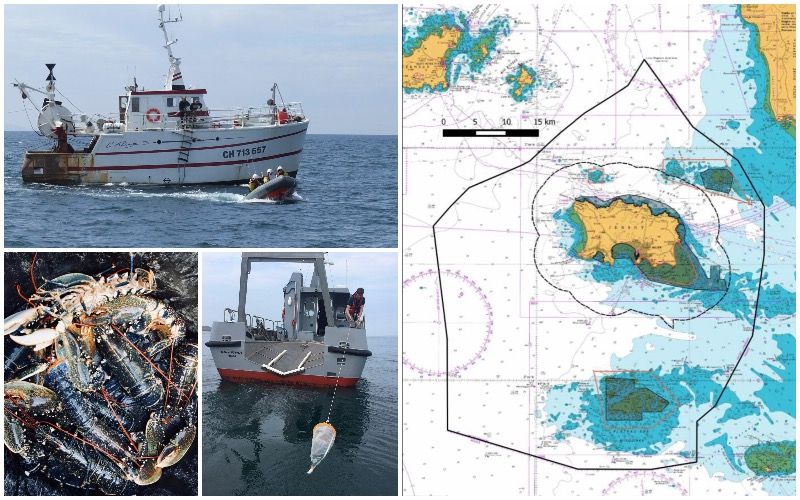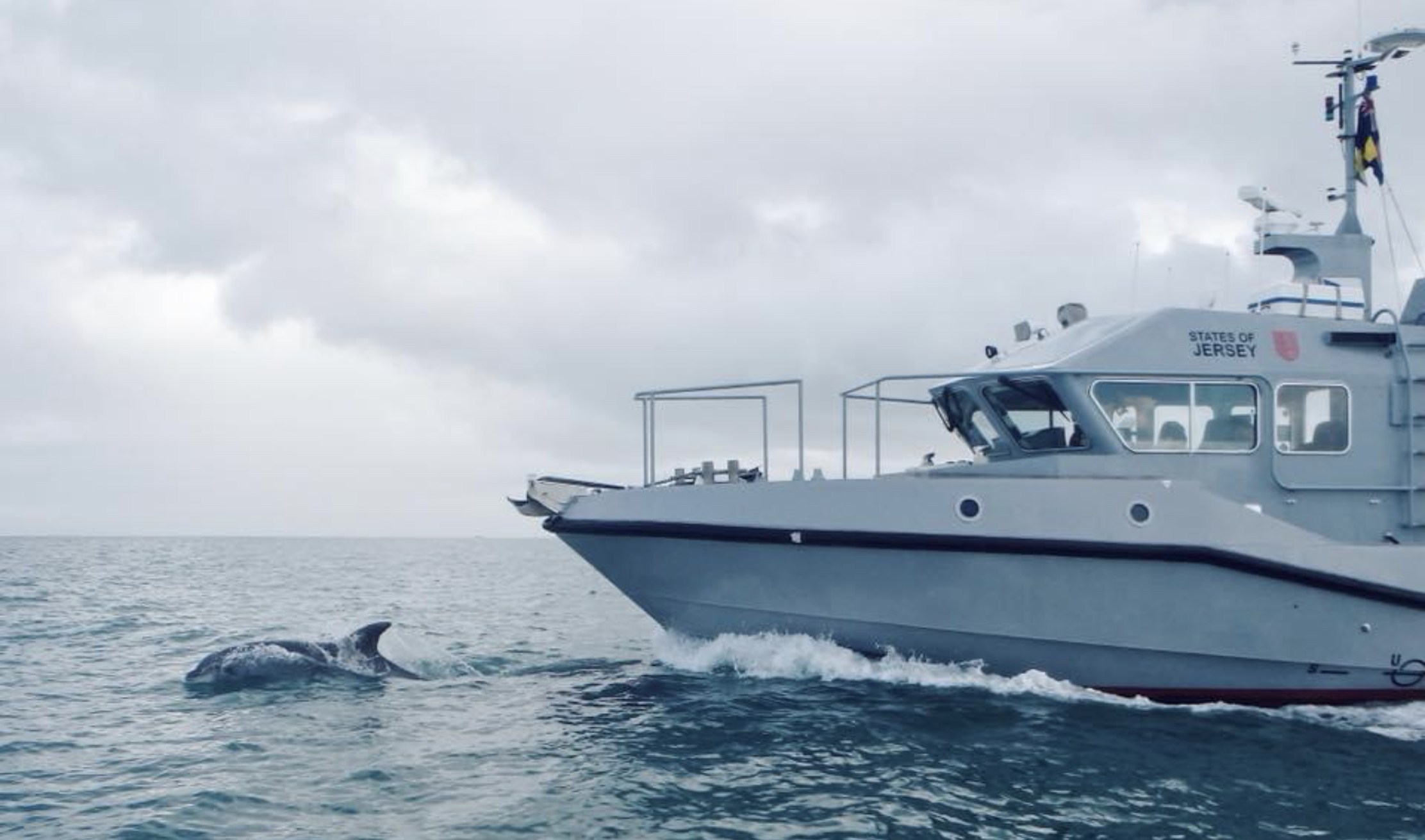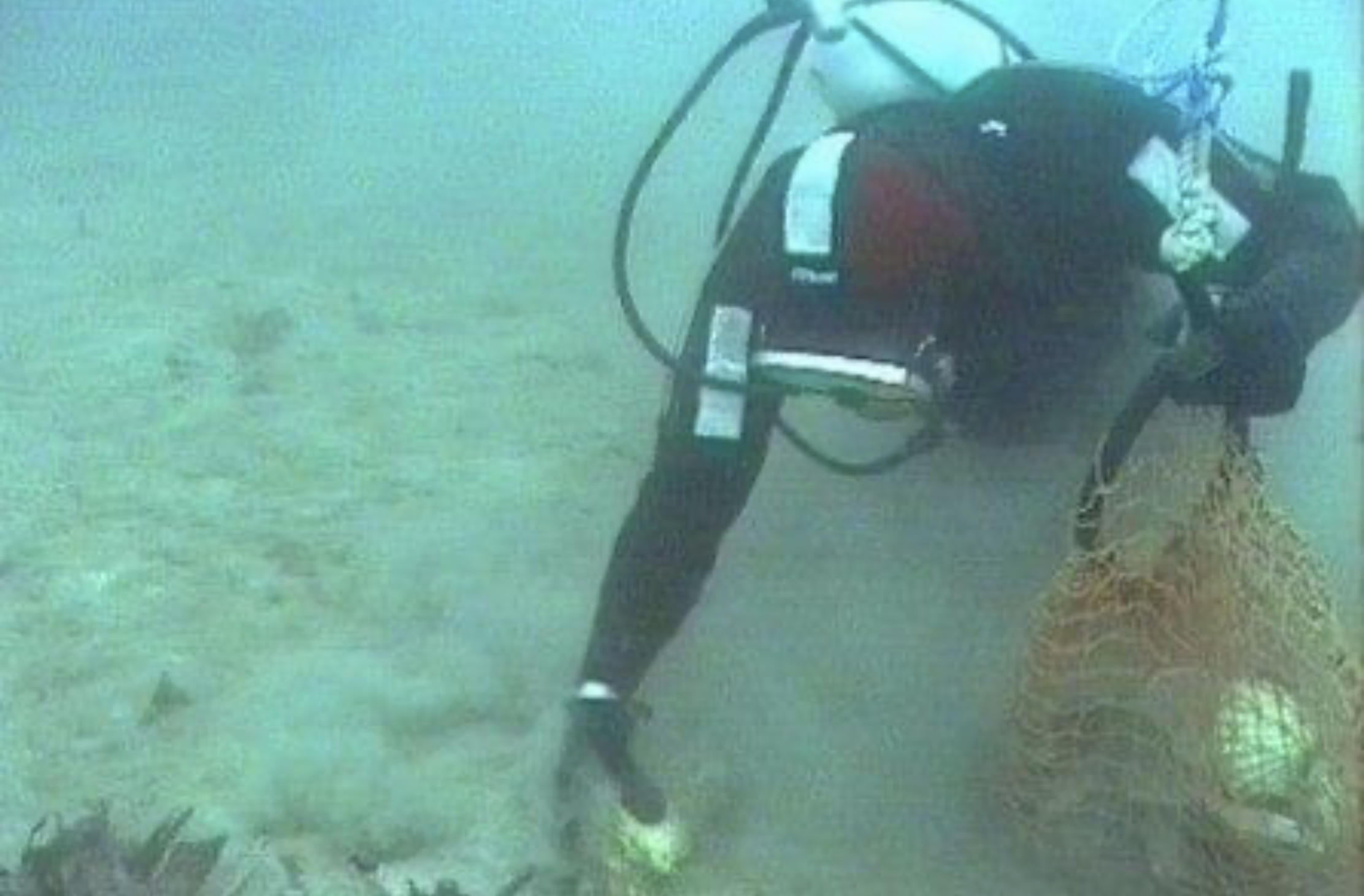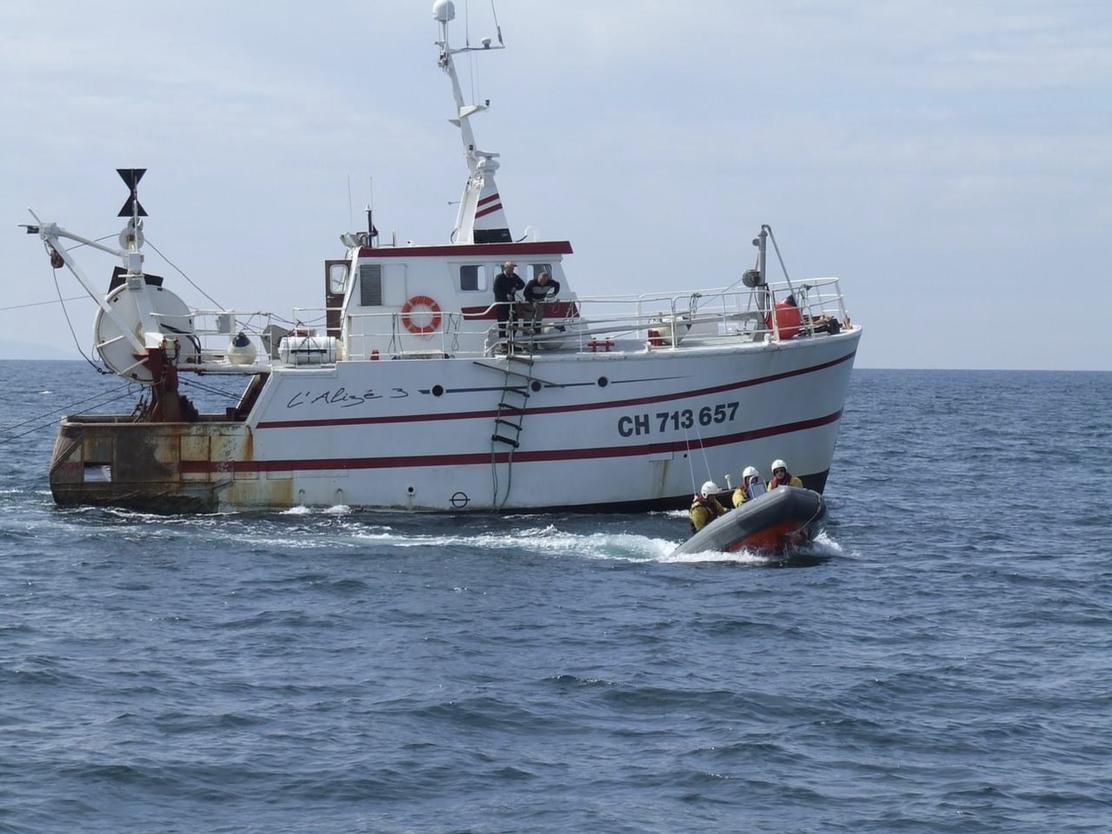


A new Government report has laid bare the challenges of managing Jersey’s territorial waters in the post-Brexit era.
The 2019 annual report of the Environment department’s marine resources section provides the most up-to-date health check of the seas around the Island.
It reveals a sharp decline in lobster and brown crab stocks, but more encouraging signs of an abundance of spider crabs. However, more spider crabs being caught is partly down to them being a good substitute on plates for the increasingly rare brown crab.
The decline of fish stocks was a primary reason that both local fishermen and ministers wanted to see the back of the 20-year-old Bay of Granville Agreement, which gave France and Jersey shared responsibility for most of the Island’s waters but had become heavily stacked in favour of the French.

Pictured: The Government’s fisheries vessel, Norman Le Brocq.
The role of the Environment Department’s marine resources section in researching, monitoring, licensing and policing Jersey’s territorial waters has become more important this year, after the UK-EU trade deal struck on Christmas Eve, and backed by the States at the end of last month, returned responsibility for managing the Island’s 2,455 square kilometres of sea to the Government after two decades of the Bay of Granville Agreement.
Licensed French boats will still have the right to fish up to three miles off the coast of Jersey, as they did under the previous agreement, but those licences will be issued by the Environment Minister, based on scientific research carried out or overseen by the marine resources section.
Under the old agreement, a total of 820 licences were available for Bay of Granville waters. Of these, 627 were available to French vessels and 193 to Jersey boats. Following a review of unused licences in 2919, the maximum number of licences was reduced by a third from 820 to 540, with France having up to 410 and Jersey no more than 126.
The number of licences is due to fall further this year after Jersey removes all permits from fishermen who haven’t used them in the last three years.

Pictured: Almost as many scallops are hand-caught today than dredged, which is far more damaging to the environment.
The marine resources’ annual report provides evidence of declining lobster stocks, which along with crab makes up 80% of Jersey’s commercial fishing industry, most of which is exported to France.
The report says: “There is concern about the health of the lobster stock, so since 2018 an enhanced monitoring regime has been in place with hundreds more measurements being taken annually.
“In 2019, a Lobster Working Group was formed which included fishers, merchants and marine resources. The group proposed new management measures such as increasing the minimum size, reducing pot allocations, mandatory escape gaps and recreational bag limits.
“These proposed measures have been accepted by the Marine Resources Panel and will be implemented in 2020 and 2021.”
Research by the section shows that, in 2015, there was an average of 15.8 kg of lobster per 100 pots, but this had fallen to 9.7 kg in 2019 - a 38% decrease - suggesting that the density of lobster and the underlying stock size are far smaller.
In 2008, 29kg of brown crab would be found in 100 pots but by 2019 this had fallen by 63% to 10.7 kg – described as a “severe decline” by the marine resources team.
“The decline in brown crab catches is also being experienced in French, Guernsey and the southern UK. This phenomenon is of regional concern and is being jointly investigated by marine managers in Jersey, France and the UK,” it adds.

Pictured: Fisheries officers leave after inspecting a French trawler in Jersey waters.
In an attempt to reverse this decline, the minimum size of brown crab allowed to be caught was increased by 10 mm in 2019. Recreational fishermen can now only catch a maximum of five crabs in any one day.
Conversely, just 4.46 kg of spider crab was found in 100 pots in 2013, compared to 18.9 kg in 2019 – a 424% increase over the six-year period.
The report says: “Spider crab are less economically important than lobster but will occupy the same pots and eat the same bait.
“Local data suggest that spider crab abundance is not correlated with lobster catches but nonetheless the recent upsurge in the local spider crab population is being monitored for signs of any side-effect(s) in the local environment and fishing industry.”
The report also covers Jersey’s oyster, whelk and scallop industries. Dredging for scallops, which has been criticised for damaging the sea bed, is in decline but is close to being overtaken, in terms of total weight landed, by scallops hand-caught by divers.
The marine resources team concede that more research needs to be done on scallops. Efforts to assess populations were hampered in 2018 and 2019 by poor weather.
Other ongoing research includes analysing levels of non-native species, such as the American Slipper Limpet, in Jersey. New invaders discovered in 2019 included the Asian Crab, Purple Acorn Barnacle and Carpet Sea Squirt, all of which present a threat to indigenous species.
Pictures: Jersey Fisheries and Marine Resources.
Comments
Comments on this story express the views of the commentator only, not Bailiwick Publishing. We are unable to guarantee the accuracy of any of those comments.